What are Charities Doing in Response to Black Lives Matter?
In January 2023, CRER published the report ‘Do Black Lives Still Matter in Scotland’, the result of our investigation into what organisations had been doing since making Black Lives Matter statements in 2020. In this blog, we discuss what progress third sector organisations have made.
BLM Protest in Glasgow Green 7/6/2020. Photo Credit: Steven Mclaren
George Floyd’s murder at the hands of a white police officer in May 2020 sent a shockwave of grief and outrage across the world. In the immediate wake of his death, mass Black Lives Matter protests and demonstrations occurred not only in Minneapolis and the USA but around the world, including in Scotland.
Over the following weeks, institutions in Scotland responded with statements committing to anti-racism. CRER collated as many of these as possible and, a year later, we commemorated the anniversary of George Floyd’s death by sharing them as an online collection.
More recently, CRER investigated progress on racial justice made by the same organisations since their Black Lives Matter statements. Organisations were approached in April 2022 and asked about their actions following their statements. We used the responses to create our report Do Black Lives Still Matter in Scotland?, published earlier this year.
Statements were made by a variety of bodies from the public, private and voluntary sectors. Positively, in our call for updates on actions, we received a fairly high response from the third sector with 68% of organisations responding (21 out of 31).
Responses showed that third sector organisations are beginning to engage with Scottish legacies of slavery and colonialism, with eight charities reporting such work. Aberlour Children’s Charity are exploring how they communicate that the initial funding for the charity likely came from enslavers, as highlighted on their website:
“Canon Charles Jupp opens a home for "mitherless bairns" at Burnside Cottage. Jupp is personal chaplain to Miss Macpherson Grant of Aberlour, who pledges to fund an orphanage with rectory, church and school. It is believed that Miss Macpherson Grant inherited from an uncle who had been involved in running plantations in Jamaica in the 19th Century. It is therefore likely the inheritance, which funded the orphanage, included money made by the use of slavery.”
In some of the most critical work in the sphere of decolonisation and the third sector, a few charities have been working on racial justice in funding. YouthLink Scotland, with appreciation of the history of inequitable distribution of funds in the sector, are in the process of viewing their funding programmes in this context. Amongst other actions, they have facilitated several equality-focused funds specifically to projects supporting Black/minority ethnic young people in Covid recovery.
The Corra Foundation have also been applying a racial justice lens to their grant-making. In their Henry Duncan Grants, they have committed “at least £300,000 (around 30%) of the fund budget to support organisations that are led by Black, Asian, and Minority Ethnic communities”. Additionally, they have developed a BAME community-led grants programme named The Equity Programme.
A pressing issue within the third sector is all-white governance structures, which are all too common. Previous research by CRER in Glasgow found that most boards are predominantly made up of white trustees and 80% of all charitable companies had no Black/minority ethnic trustees at all.
Twelve commitments were made by third sector organisations to address workforce or board diversity with five of these organisations noting progress. This included Rape Crisis Scotland and Glasgow Women’s Library (who reported that at the end of 2021 36% of their Board members were Women of Colour). Examples of measurable progress like this, whilst rare, are the best indication of a sincere commitment to anti-racism. The defining feature of anti-racism is that it requires effective action against structural racism, so demonstrating the resulting change is crucial.
What organisations who reported success in this area tended to have in common was that increasing diversity was not approached on its own, but as part of a wider programme of anti-racism work.
For example, Glasgow Women’s Library reported various actions, including specific projects and groups aimed at Women of Colour, such as ‘Responders of Colour’. This group look at depictions of women in the library’s archive and use creative tools to respond to these narratives:
“We take stories where Women of Colour have been spoken over and spoken for, and instead write our own, new narratives, responding to the history held in our annuals’ archive, and telling new stories with our imaginations and voices front and centre.”
Generally, we found that responses from the third sector were detailed and spanned multiple areas of work. This perhaps reflects the nature of our investigation, which only reached out to those organisations who were vocal about racism and Black Lives Matter in 2020.
However, a handful of those who did make statements had little to report or didn’t respond. One organisation stated that since their statement, most of their ‘Equality, Diversity and Inclusion’ team had changed or moved on, which is perhaps indicative of the pressures and challenges the sector faces. Despite the challenges, much more needs to be done by the third sector in Scotland to tackle racism and racial injustice.
In 2023, statements of future intent alone will no longer hold sway. All-white leadership teams, panels and grant recipients can and should be questioned.
Anti-racist organisations on their own won’t be able to create the change; the whole third sector needs to play its part.
The full report ‘Do Black Lives Still Matter in Scotland’ is available to read here.
Originally published in Third Force News, April 2023.

